A Classic Reborn
‘Clarisse’ Embarks on Year-Long Journey Honoring 100 Years of Prevost
‘Clarisse’ Embarks on Year-Long Journey Honoring 100 Years of Prevost
In the village of Sainte-Claire, Quebec, whispers of the past meet innovations of the future as the Prévost family unites to honor their legacy and a century of history. Spanning three generations of children, grandchildren and great grandchildren, they embarked on a heartfelt journey to recreate the very first motorcoach built by Eugène Prévost.
“Anything worth doing is worth doing well.”
Eugène Prévost
The Early Days
Eugène Prévost, a cabinet maker from Sainte-Claire, Quebec, specialized in making church pews and school furniture. His foray into motorized vehicles capitalized on his carpentry skills. In 1924, he received a commission to build a wooden coach body to mount on an REO truck chassis. This initial order led to many others, and the company grew. In 1937, Prevost built a bus manufacturing facility in Sainte-Claire. Always the innovator, Eugène introduced the first all-metal body over an all-metal skeleton eight years later.
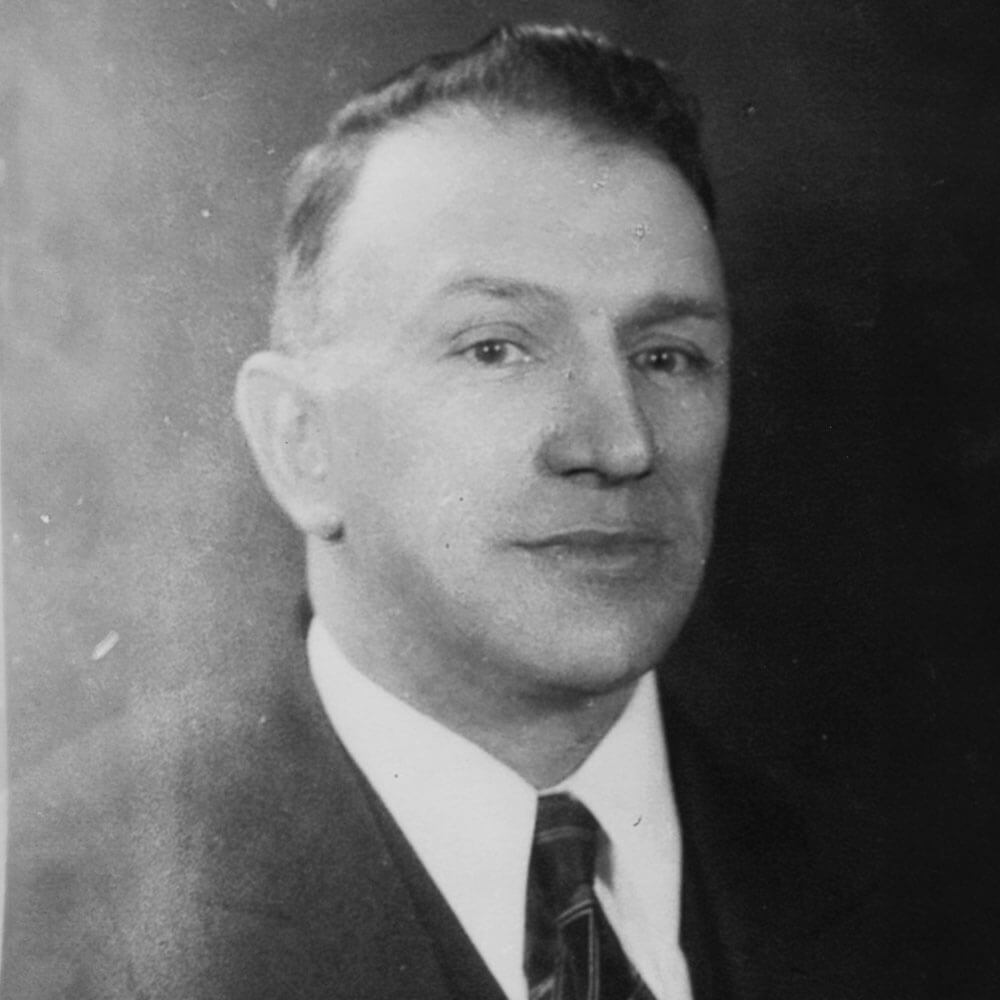
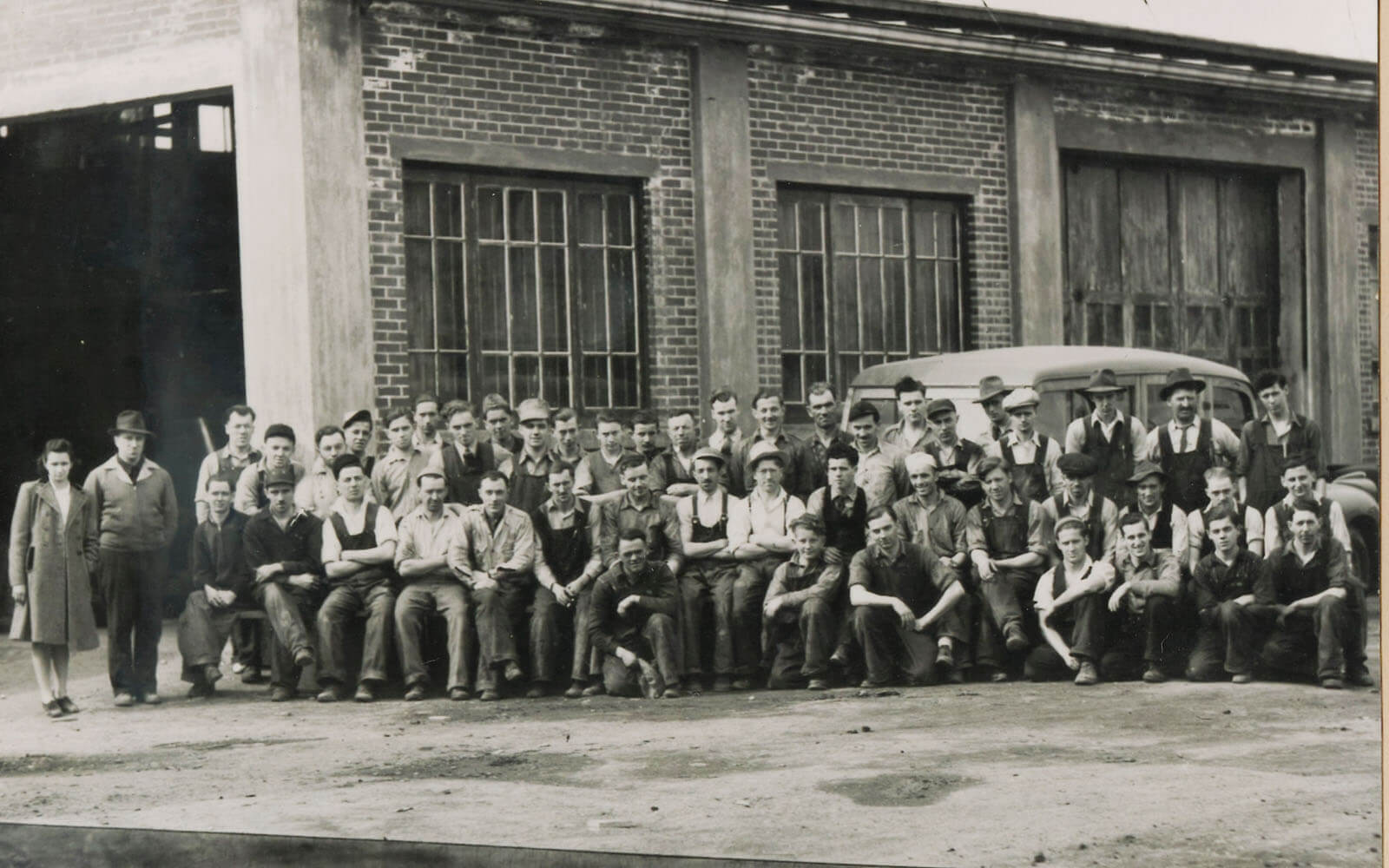
Replica 1924
For years, André Turmel, one of Eugène’s grandsons, dreamed of recreating the very first Prevost ever made. As Prevost’s 100th anniversary approached, the family came together to turn this dream into reality.
The dream blossomed into a collective endeavor—a testament to Eugène’s values of unity and collaboration. “We supported each other, just like Eugène. That’s how he viewed life, in my opinion,” said André.
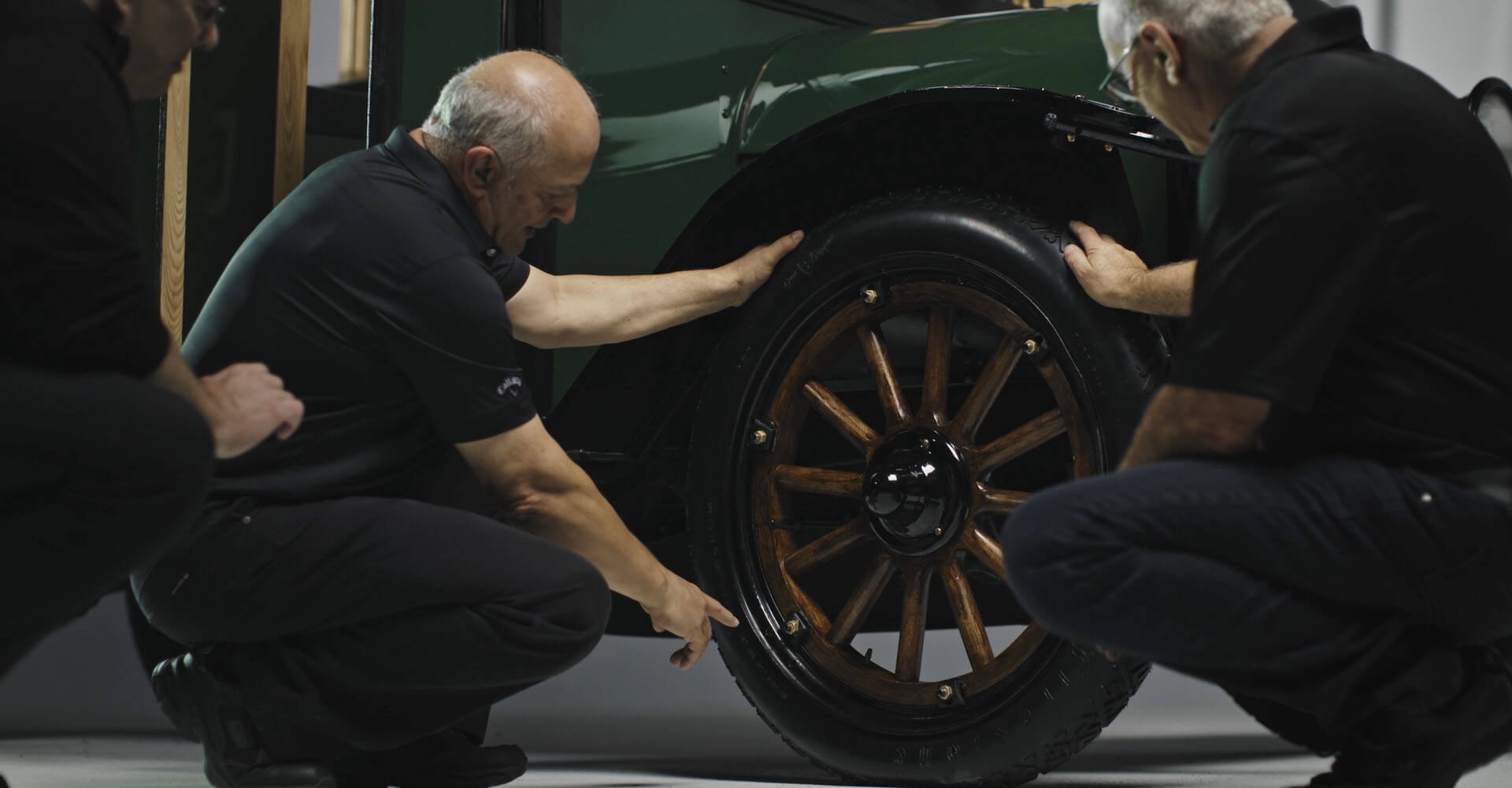
Richard Prévost
“It wasn’t just one person working on it. We were a team, constantly talking and helping each other.”
The quest was a labor of love, beginning with the search for the same truck chassis Eugène used. The journey led them to Tampa Bay, Florida, where they unearthed a period REO chassis. With diligent hands and generous hearts, they planned its journey back to Quebec.
However, the return trip to Canada wasn’t without adventure. It turned out to be a race against the clock.
Transporting their precious cargo, they had to drive 24 hours straight from Florida to New York so they could make it to U.S. Customs to get their papers stamped and cross the border before the office closed for the weekend.
Once they were back in Canada, the next phase began.
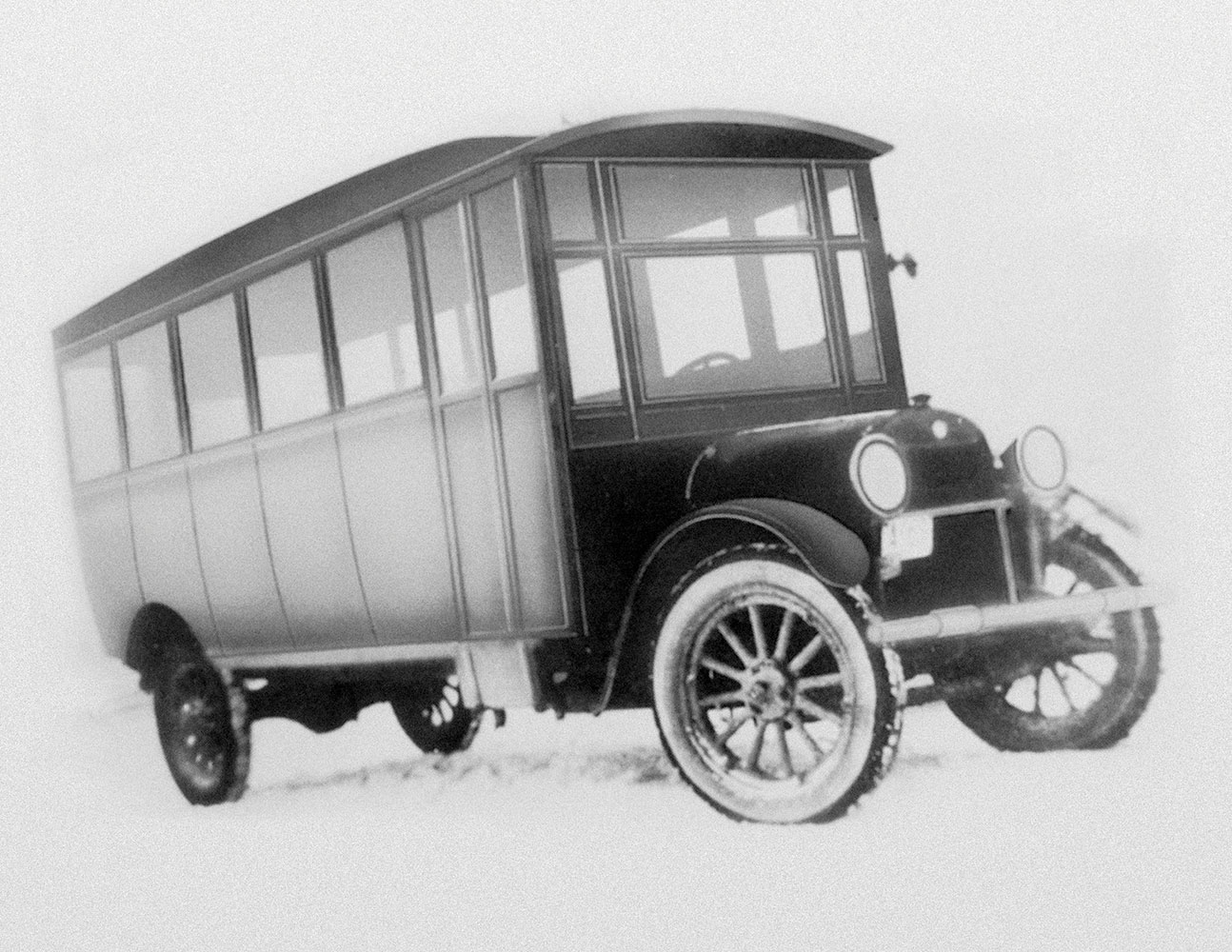
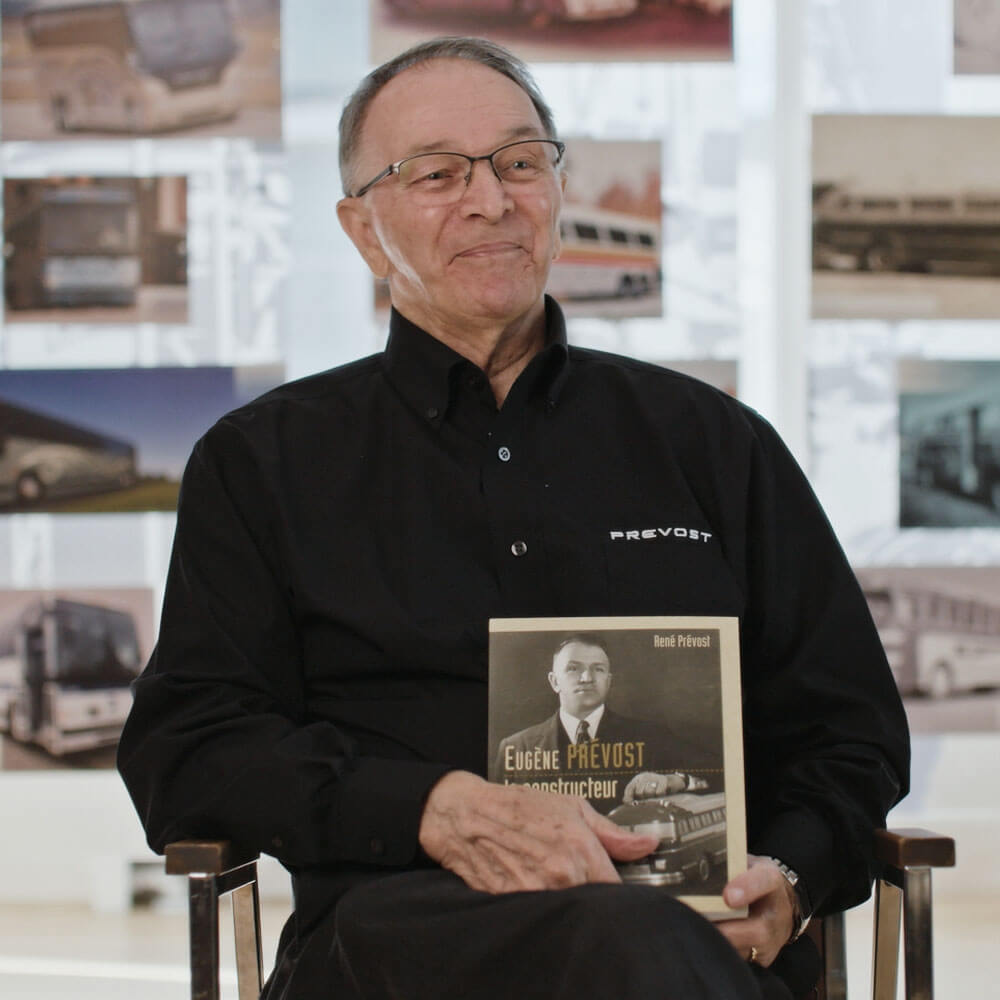
The reconstruction was a puzzle of historic proportions, guided by a single photograph and the collective memory of those who had seen the original coach. They modeled the replica in three dimensions, ensuring every detail echoed the past.
“The 3D model was the foundation of the schematic, helping us to rebuild the replica.”
Marco Prévost
From there, painstaking care was taken to craft a historically accurate coach – the oak wheels were handmade, window, door and step mechanisms were agonized over, the wooden interior was hand varnished and bench cushions were hand sewn.
Window operations were deciphered from the writings of René Prévost, Eugène’s son, who chronicled the coach’s mechanisms.
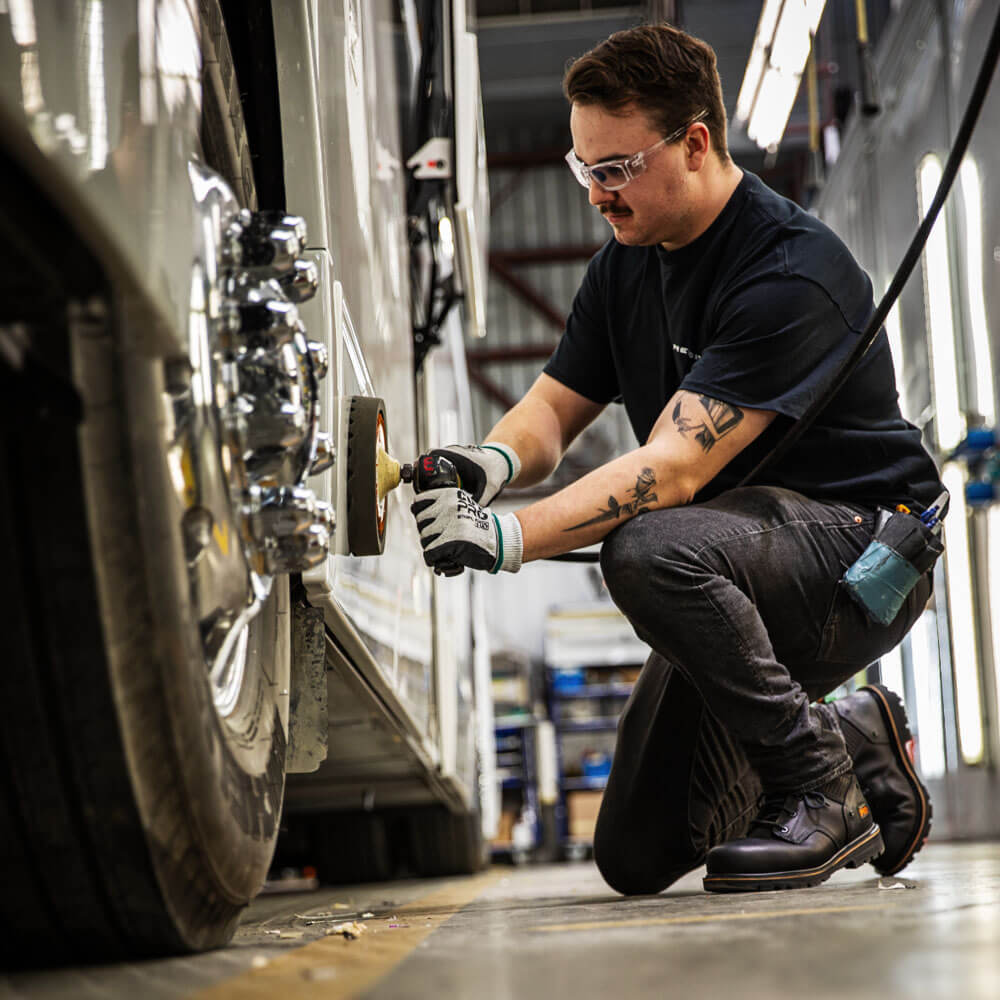
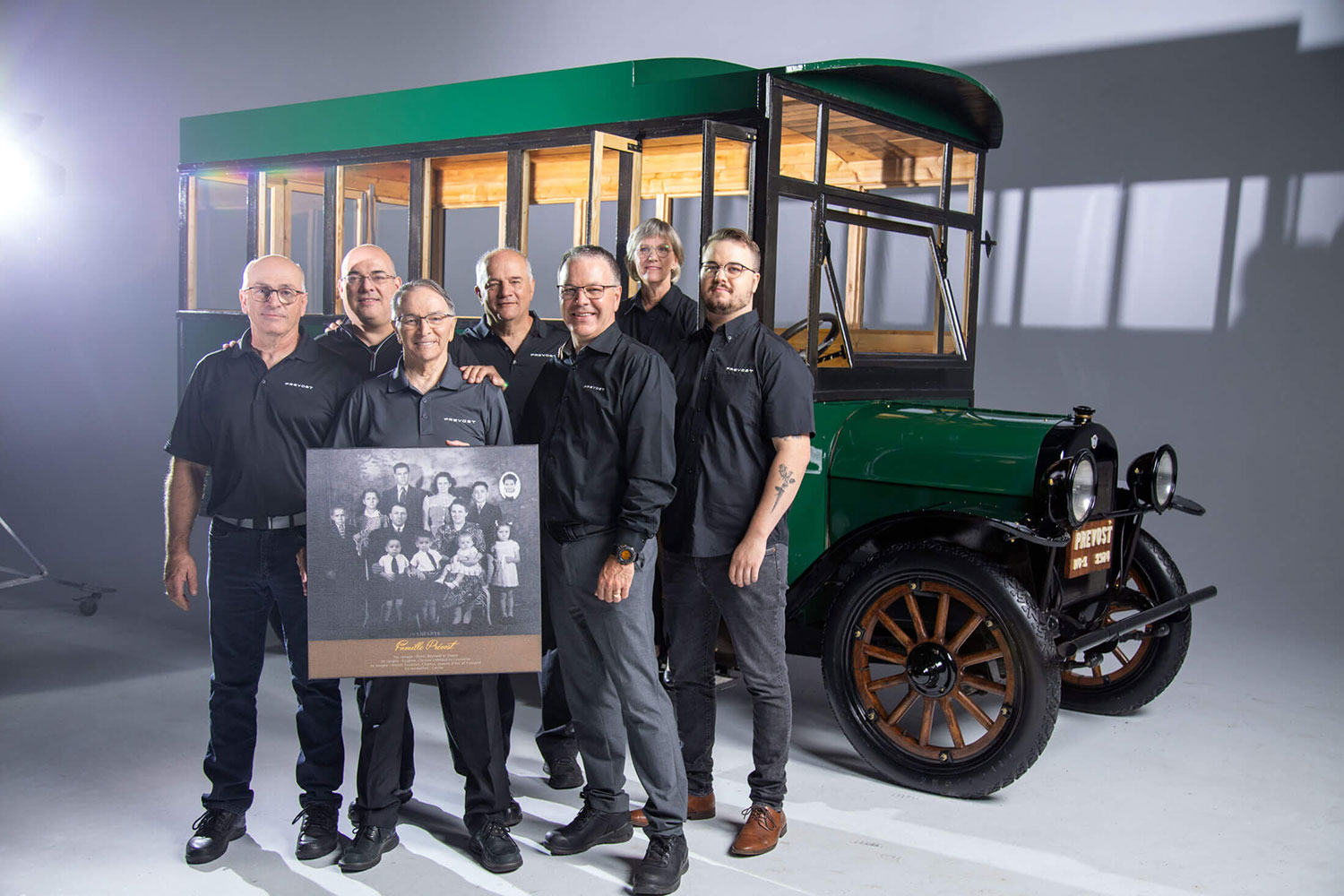
Engineering challenges abounded, particularly in synchronizing the operation of the doors and the step—a task that tested their ingenuity.
The interior layout was also a mystery since the only existing photograph showed just the exterior.
However, thanks to meticulous research, the family knew the coach had a capacity of approximately 10 passengers. But did the seats face forward or sideways? No one could say for sure. Undeterred, the family pressed on and, after several tests, they determined the benches were positioned sideways to maximize space.
“We family members are very proud to see our name on the front of each vehicle Prevost produces.”
René Prévost
Spouses and great grandchildren were also called in to help. André’s wife, Francine, applied varnish to the interior and great grandson Nicolas, who works in the paint department at Prevost, used his skills to give the coach its shiny exterior.
Last but not least, a name was chosen. In honor of Eugène’s wife, who supported him in all his endeavors—even going so far as to sew vehicle cushions—the 1924 coach was christened “Clarisse.”
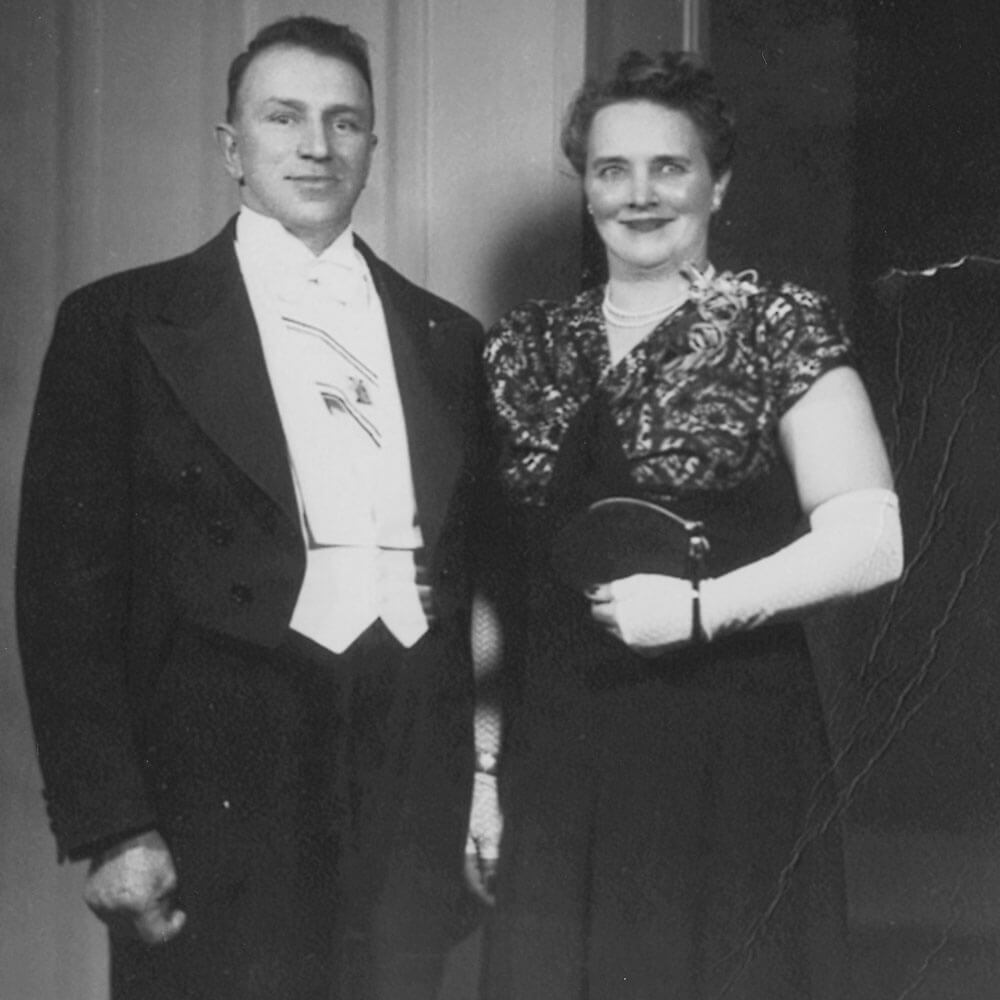
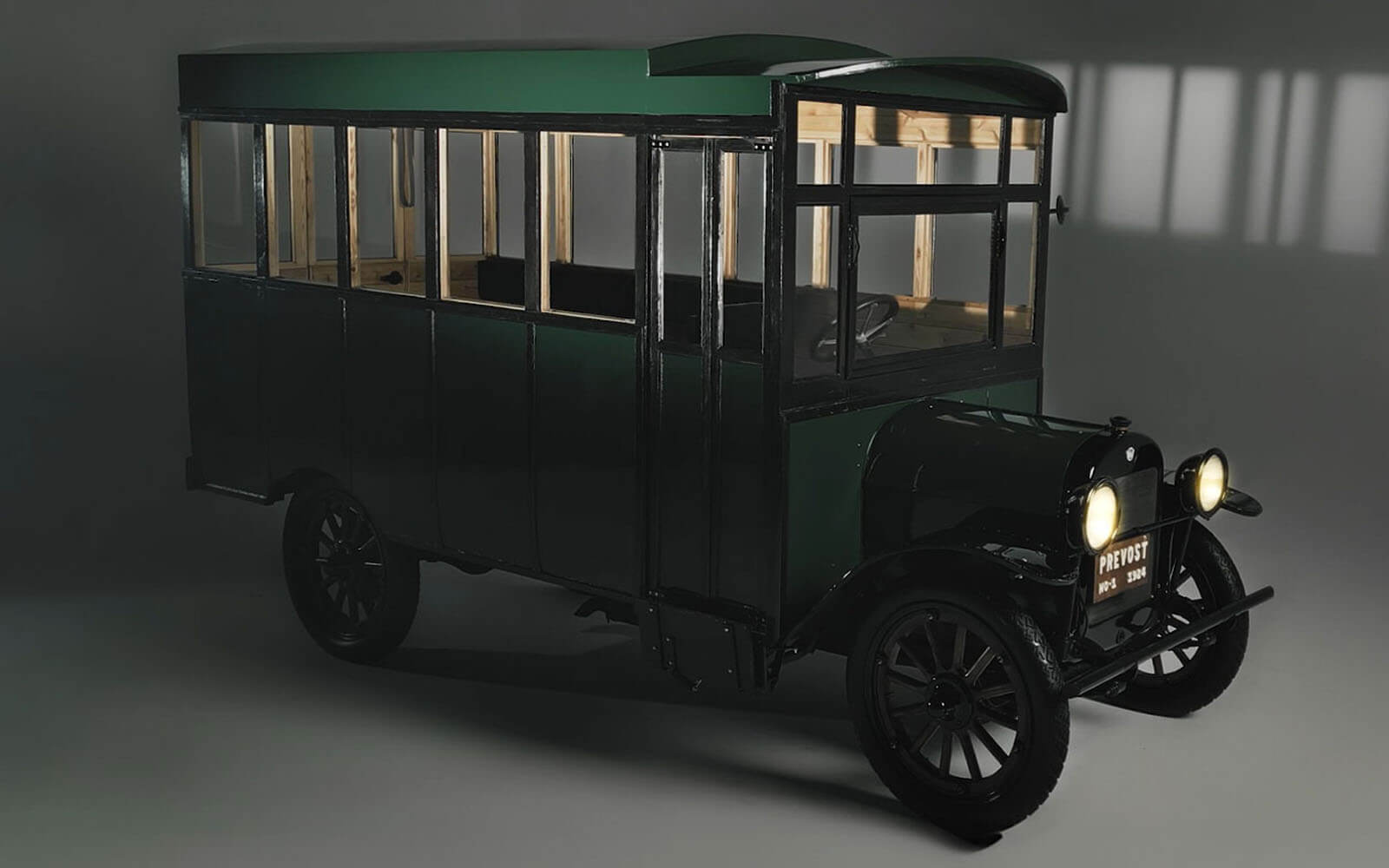
Clarisse Hits the Road
With her dark green exterior, snappy black trim, and gleaming wooden interior, Clarisse is more than a beauty; she is a canvas of memories, a bridge across generations, and a celebration of a quality that remains the family’s unwavering commitment—a commitment Eugène Prévost himself would regard with pride. In this centennial homage, the Prévost family members look not only back but also forward, reaffirming their dedication to innovation, quality, and customer value. The legacy is encapsulated not merely in the wooden curves of Clarisse but in the very DNA of the Prevost brand, promising a future as steadfast and remarkable as the past.


Follow Clarisse’s Journey >>
Clarisse will be the special guest at seven Prevost Service Centers where the company is holding 100th anniversary events to recognize its employees and customers and host local dignitaries and city officials.
She will also participate in Prevost's 100-Year Anniversary Rally during the week of September 8, 2024, in Quebec City, and in June, she will attend the 200-Year Anniversary Celebration of Sainte-Claire, the village where Prevost was founded.
Follow along with Clarisse’s journey as she travels to Goodlettsville, Tennessee; Winter Garden, Florida; Fort Worth, Texas; Mira Loma, California; Calgary, Alberta; Mississauga, Ontario; South Plainfield, New Jersey; and Sainte-Claire, Quebec.